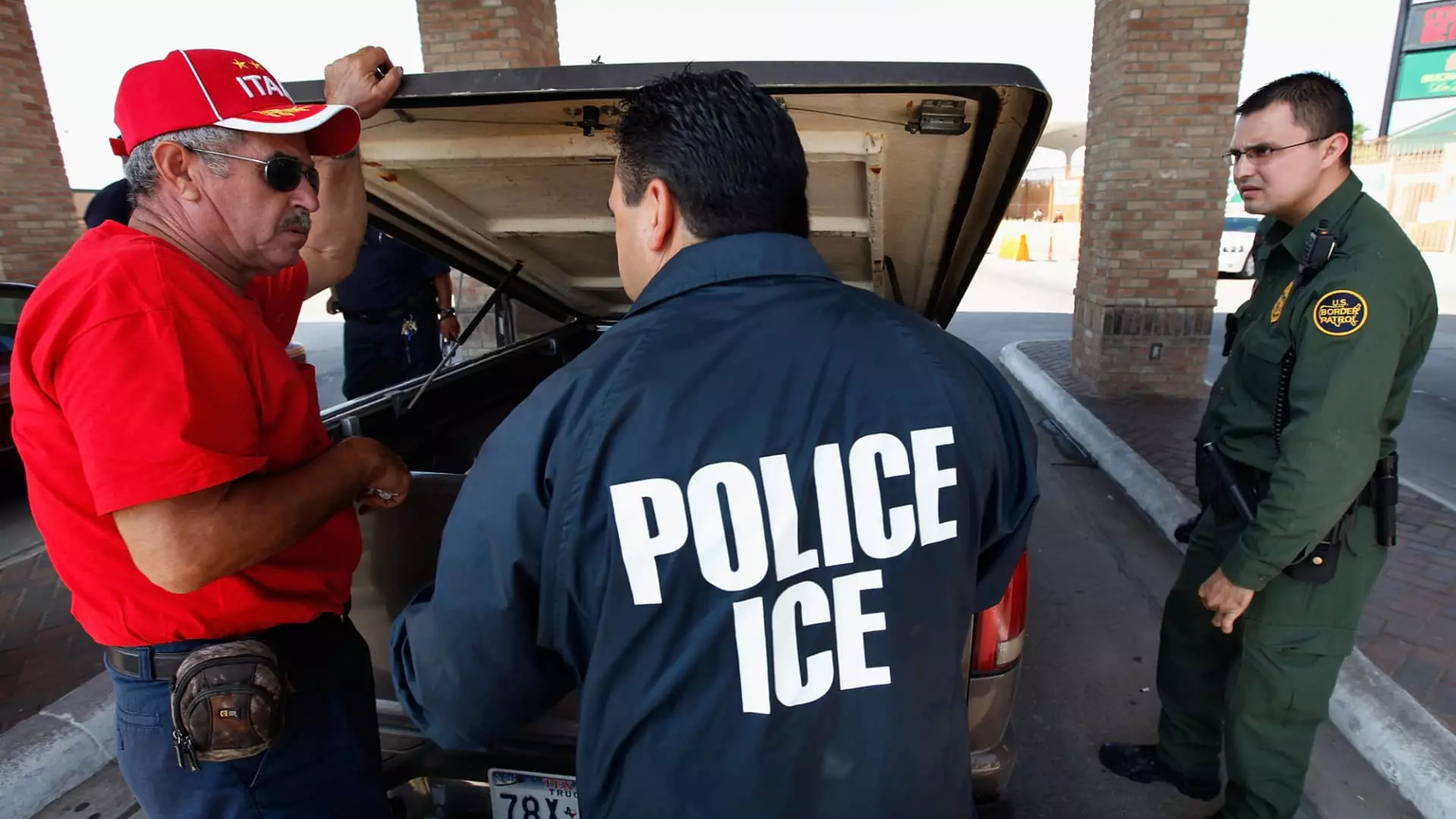In a revelation that has stirred significant debate, data from the Immigration and Customs Enforcement (ICE) has disclosed that over 13,000 immigrants, who have been convicted of homicide either in the United States or abroad, are living freely within the country. This information, shared with Congress recently, raises pressing questions about immigration policies, enforcement priorities, and public safety.
The term “non-detained docket” refers to individuals who have pending immigration cases but are not currently in ICE detention. These immigrants are in a status of legal limbo, and while ICE possesses some information about them, they often remain outside of custody due to prioritization protocols or challenges in locating them. According to Acting ICE Director P.J. Lechleitner, this data was compiled earlier in the year as a response to a congressional inquiry. The question arises: how have these individuals evaded detention despite their serious convictions?
The data indicates that many of these 13,000 immigrants may have entered the U.S. during previous administrations, including Donald Trump’s. Notably, Trump seized upon this information to cast aspersions on current immigration policies, particularly targeting Vice President Kamala Harris. His claims underscore a narrative that positions immigration as a direct threat to public safety, igniting further division within an already polarized discussion around immigration.
The complexity of this situation cannot be understated. It exemplifies the challenges that arise at the intersection of immigration law and criminal justice. Despite having a criminal history, many immigrants are able to enter the United States and remain undetected post-release due to various factors.
One significant issue highlighted by law enforcement officials is the timing of notifications regarding an immigrant’s past criminal convictions. Often, these notifications do not reach U.S. authorities until after the individual has crossed the border. Furthermore, even when individuals serve time for their crimes, local and state officials may release them without informing ICE—especially prominent in sanctuary cities that adhere to policies limiting cooperation with federal immigration enforcement.
The imperative for ICE to locate and detain these individuals can swiftly become an overwhelming task, given resource constraints and the sheer number of immigrants on their non-detained docket. Currently, over 7.5 million individuals have pending immigration cases in the U.S., creating a bureaucratic maze that ICE must navigate while prioritizing public safety.
The existence of convicted homicide offenders within the community raises urgent concerns about public safety. ICE has indicated that serious offenders are prioritized for arrest, yet the limited resources at their disposal leave many individuals unmonitored. Amid calls from various factions advocating for stricter immigration laws, there lies a counter-narrative advocating for human rights and the humane treatment of immigrants.
The political dimensions of this discussion are observed in the responses of government officials and community stakeholders. As ICE’s findings become public, there seems to be a growing reconsideration of “sanctuary city” policies by local jurisdictions. Lawmakers and residents alike are faced with the challenging task of reconciling the need for public safety with a compassionate immigration framework.
The findings regarding the presence of homicide-convicted immigrants in the U.S. spotlight a broader national dilemma about immigration policy. The discourse surrounding this data risks oversimplifying a complex issue that straddles law enforcement, civil rights, and humanitarian needs. As the nation grapples with these revelations, it highlights the pivotal necessity for dialogue that encompasses not just punitive measures but also solutions that address the root causes of migration, the challenges of enforcement, and the imperative of maintaining public safety. Policymakers must tread carefully to ensure that the frameworks established are both just and effective, laying a foundation for a more comprehensive approach to immigration that prioritizes the safety of all residents while respecting human dignity.

Leave a Reply